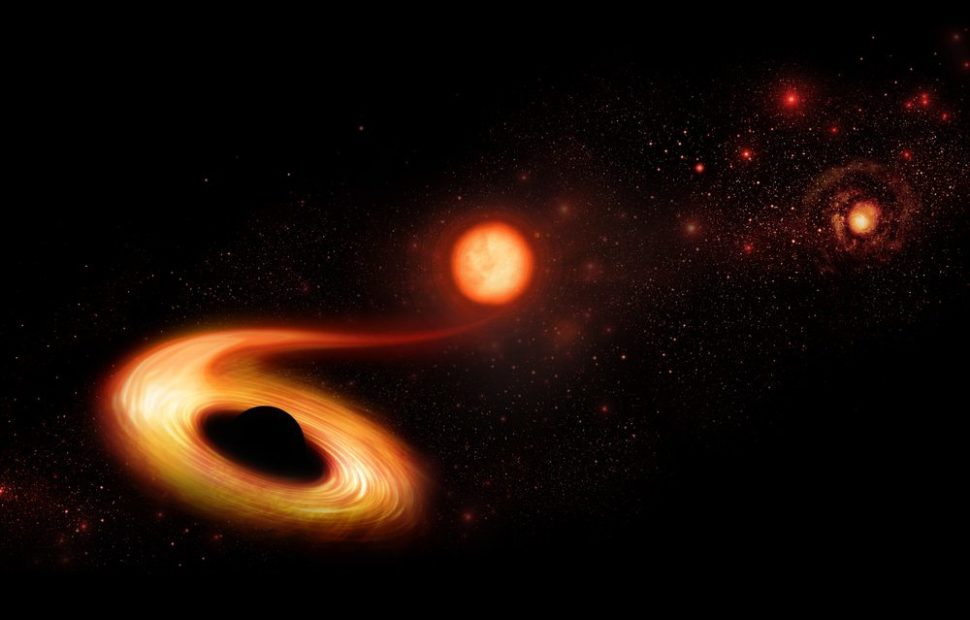According to Space.com, a recently discovered star, now known as S4716, is circling the Milky Way’s central black hole at an incredible speed of 5,000 miles (8,000 km) every second.
The vast expanse of our universe means that astronomers always find something they have never seen before. Earlier this week, astronomers spotted two bus-sized asteroids heading toward Earth, which will pass at distances just a quarter of what separates the Moon from us.

Apart from asteroids, our galaxy is also of special interest to astronomers looking for signs of other planets supporting life. Right at the center of the Milky Way though, there is a supermassive black hole that has been dubbed Sagittarius A* or Sgr A* and S4716 is orbiting this black hole at a fierce pace.
What we know about S4716
From the observations made so far, we know that at 5,000 miles (8,000 km) a second or 18 million miles (29 million km) per hour, S4716 is the fastest star orbiting Sgr A*. It completes an orbit around the 14.6 million (23.5 million km) diameter black hole in just four years.
S4716 is part of a dense group of other stars that also orbit Sgr A* which astronomers refer to as the S cluster. All stars in this cluster move at high speeds but vary in their mass and brightness. Another star in this cluster, known as S2, is more popularly known and is much larger than S4716.
However, S2’s orbit around the black hole takes 16 years and it comes as close as 11 billion miles (18 billion km) from Sgr A*. In comparison, S4716 comes as close as 9.2 billion miles (150 million km) to the black hole, that’s about 100 times the distance between the Earth and the Sun.

The discovery of a star so close to a black hole could change our understanding of the evolution of our galaxy and its fast-moving stars. “The short-period, compact orbit of S4716 is quite puzzling,” said Michael Zajaček, an astrophysicist at Masaryk University in a statement. “Stars cannot form so easily near the black hole. S4716 had to move inwards, for example by approaching other stars and objects in the S cluster, which caused its orbit to shrink significantly.”
How did astronomers spot the fastest star?
While S2 has helped us understand more details about Sgr A*, it has disadvantages. “S2 behaves like a large person sitting in front of you in a movie theater — it blocks your view of what’s important. The view into the center of our galaxy is therefore often obscured by S2,” said Florian Peissker, an astrophysicist at the University of Cologne, which was involved in this research, in a statement.
Peissker and his team used the data from five telescopes, NIR2 and OSIRIS, at the Keck Observatory in Hawaii, and the SINFONI, NACO, and GRAVITY Very Large Telescopes and refined their analytical techniques for over two decades to confirm the orbital period of S4716.
“For a star to be in a stable orbit so close and fast in the vicinity of a supermassive black hole was completely unexpected,” Peissker added.
The research was published in The Astrophysical Journal.
Source: amazingastronomy.thespaceacademy.org








